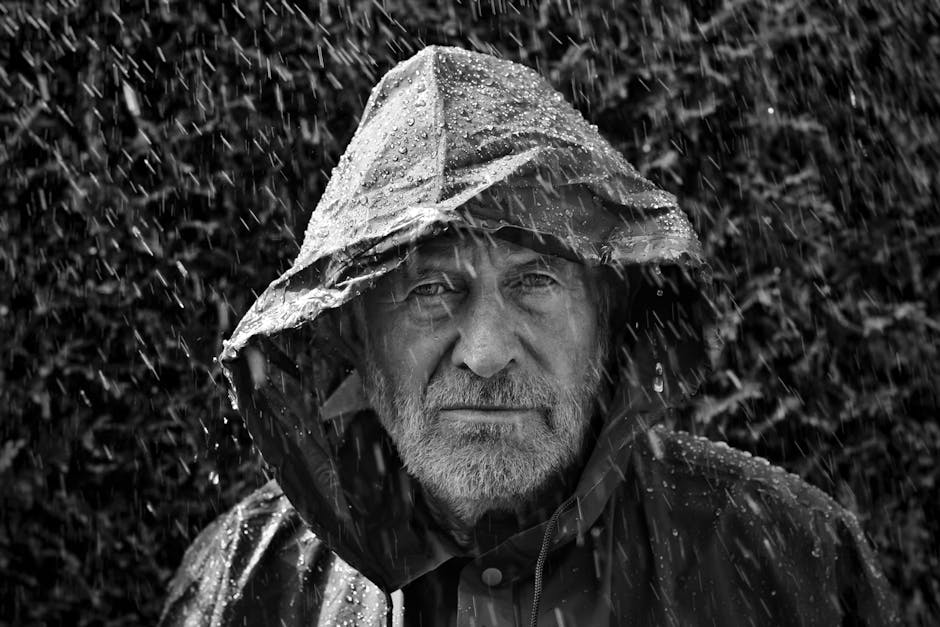Unlocking the Secrets of Realistic Weather Scenarios
Weather is one of the most fundamental and ever-changing aspects of our world. From the gentle caress of a warm breeze to the devastating power of a hurricane, weather plays a crucial role in shaping our lives and the environment around us. But have you ever wondered how those realistic weather scenarios in movies, video games, or simulations are created? What goes into making the rain feel real or the snow look authentic? In this comprehensive guide, we will delve deep into the intricate world of creating realistic weather scenarios, uncovering the secrets behind the magic of Mother Nature.
The Science Behind Weather Simulations

At the heart of creating realistic weather scenarios lies the intricate science of meteorology. Meteorologists study the atmosphere, weather patterns, and climate to understand and predict the ever-changing conditions of our planet. In the world of simulations and visual effects, this scientific knowledge is translated into algorithms and computer models that simulate the behavior of weather elements with astonishing accuracy.
The Role of Technology in Weather Simulation

Advancements in technology have revolutionized the way we create realistic weather scenarios. High-performance computers, advanced software, and cutting-edge graphics engines have made it possible to simulate complex weather phenomena with unparalleled realism. From realistic cloud formations to dynamic lighting effects, technology plays a crucial role in bringing virtual weather scenarios to life.
Creating Dynamic Weather Systems

One of the key challenges in creating realistic weather scenarios is making them dynamic and responsive to the environment. Weather systems are complex and constantly evolving, influenced by a variety of factors such as temperature, humidity, and wind patterns. By incorporating these dynamic elements into simulations, developers can create immersive and believable weather scenarios that react to the player’s actions and the virtual world around them.
The Art of Visual Effects in Weather Simulation

Visual effects artists play a crucial role in bringing realistic weather scenarios to life. Through the use of advanced rendering techniques, shaders, and particle systems, artists can create stunning visual effects that mimic the look and feel of natural weather phenomena. From realistic raindrops to swirling tornadoes, the art of visual effects adds a layer of realism and immersion to weather simulations.
Challenges and Limitations in Weather Simulation
While technology has made great strides in creating realistic weather scenarios, there are still challenges and limitations to overcome. Simulating complex weather phenomena such as hurricanes, tornadoes, or blizzards requires immense computational power and sophisticated algorithms. Achieving real-time performance while maintaining high levels of realism remains a significant challenge for developers in the field of weather simulation.
The Future of Realistic Weather Scenarios
As technology continues to advance, the future of realistic weather scenarios looks brighter than ever. With the rise of virtual reality, augmented reality, and interactive experiences, the demand for immersive and lifelike weather simulations is on the rise. Developers are constantly pushing the boundaries of what is possible, exploring new techniques and technologies to create weather scenarios that are indistinguishable from reality.
Common Misconceptions About Weather Simulation
One common misconception about weather simulation is that it is a purely visual effect with no basis in reality. In truth, weather simulations are rooted in the principles of meteorology and physics, with developers striving to capture the complexity and nuance of natural weather phenomena. While artistic liberties are often taken to enhance the visual appeal of weather scenarios, the underlying science remains a crucial foundation for creating believable simulations.
Conclusion
To wrap things up, creating realistic weather scenarios is a fascinating blend of science, technology, and art. By leveraging the latest advancements in meteorology, technology, and visual effects, developers can craft immersive and lifelike weather simulations that transport players to new worlds and experiences. As we look to the future, the possibilities for realistic weather scenarios are endless, opening up new frontiers in storytelling, entertainment, and education.
Are you ready to step into the eye of the storm and experience the magic of realistic weather scenarios? The world of weather simulation awaits, offering a glimpse into the awe-inspiring power of Mother Nature and the boundless creativity of human imagination.




